

Scaled Agile Platinum SPCT Partner
SAFe for Architect Certification Course
SAFe® for Architects Certification Training in La Jolla
Become a Strategic Leader with SAFe 6.0 Architect (ARCH) Training and get SAFe Certified
2K+ Enrolled
Accredited by
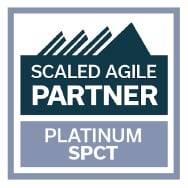

The SAFe for Architects certification is mainly designed for the system, solution, and enterprise architects who are responsible to deliver effective architectural solutions in an organization. In this course, participants will explore the roles and responsibilities of an Agile architect and align the business process with an Agile architect framework to drive valuable business and continuous flow to complex systems-of-systems while supporting SAFe® program execution in La Jolla.
Read more...Accredited by


Scaled Agile Platinum SPCT Partner
SAFe for Architect Certification Course
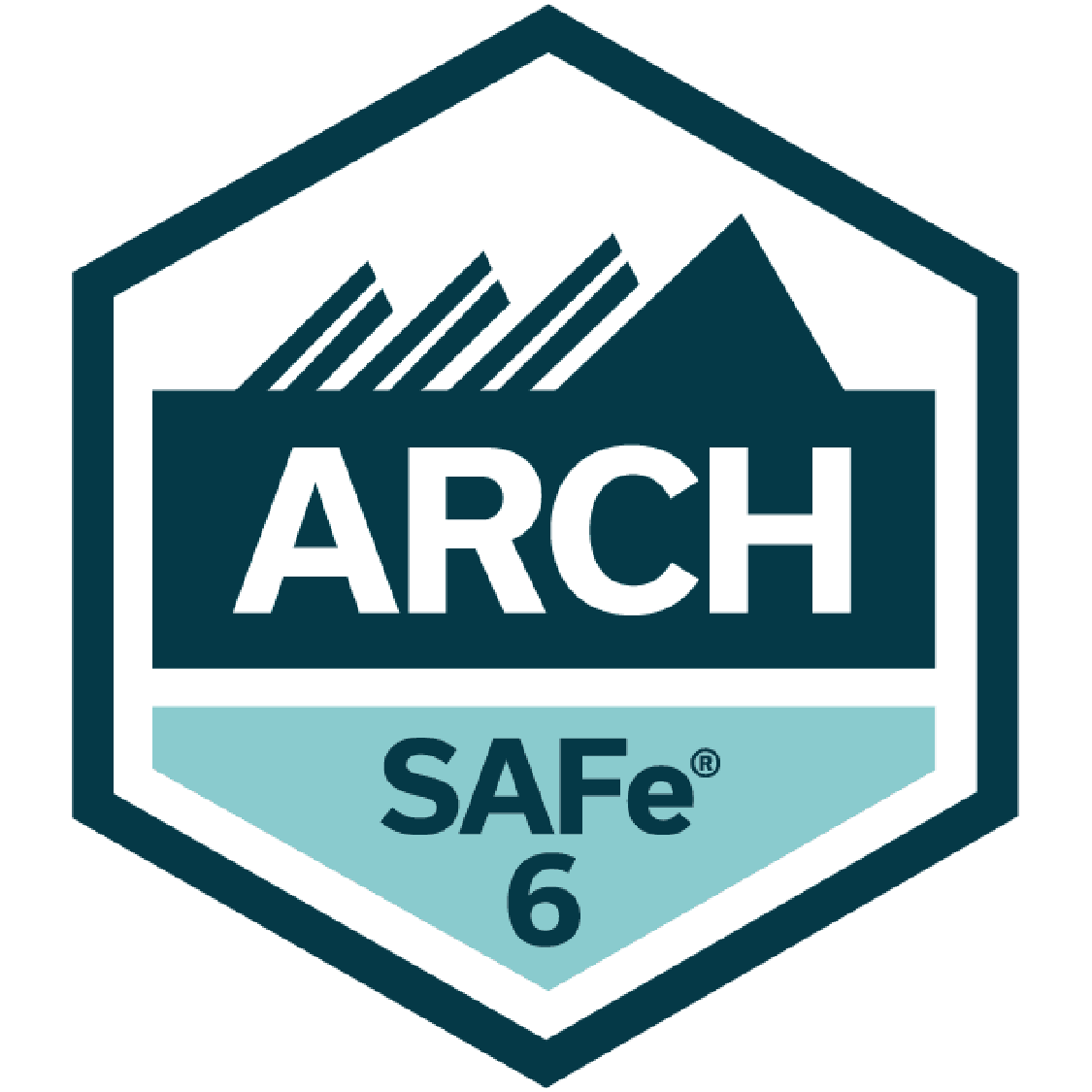
5.0
2K+ Enrolled
Become a Strategic Leader with SAFe 6.0 Architect (ARCH) Training and get SAFe Certified
The SAFe for Architects certification is mainly designed for the system, solution, and enterprise architects who are responsible to deliver effective architectural solutions in an organization. In this course, participants will explore the roles and responsibilities of an Agile architect and align the business process with an Agile architect framework to drive valuable business and continuous flow to complex systems-of-systems while supporting SAFe® program execution in La Jolla.
Read more...Accredited by


The SAFe for Architects certification is mainly designed for the system, solution, and enterprise architects who are responsible to deliver effective architectural solutions in an organization. In this course, participants will explore the roles and responsibilities of an Agile architect and align the business process with an Agile architect framework to drive valuable business and continuous flow to complex systems-of-systems while supporting SAFe® program execution in La Jolla.
Read more...
Guaranteed to Run Workshops

Expert-Led Study Sessions
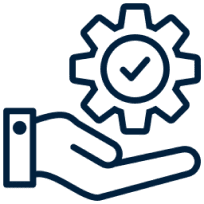
Networking Opportunities

Flexible Monthly Payment Plans

Real-World Case Studies

Hands-On Project Experience
Request More Details
450K+
Professionals trained
250+
Workshops every month
30+
Trainers
450K+
Professionals trained
250+
Workshops every month
20+
Trainers
Course Overview
In the 3 days online training of SAFe® for architects, participants will learn about the roles, responsibilities, and the perception of Agile architects to align the architecture with business value. SAFe® architects can improve collaboration and alignment in a SAFe® Lean-Agile enterprise. The Scaled Agile Framework (SAFe®) has helped various enterprises globally to implement Lean-Agile software and systems while implementing the strategies effectively to overcome the challenges associated with developing and delivering enterprise-class software and systems.
SAFe® for architects is beneficial for those who have a keen interest in understanding how architecture enables continuous value flow and engagement and the contribution of architects to a Lean-Agile enterprise. After completing the SAFe® for architects course, participants will become proficient in aligning architecture with business value, planning architectural runway for successful delivery, and providing leadership during a Lean-Agile transformation. Professionals with a SAFe® certification are highly demanded across organizations because of their capabilities to lead Agile lean transformations for sustainable growth, fastest time-to-market, and increase in productivity. This course helps in gaining the SAFe® 6.0 Architect certification and understanding the role of a SAFe® Architect in an enterprise.

SAFe ARCH Training Highlights
24 hours of LIVE Online training
24 PDUs and 24 SEUs
Comprehensive Exam Support
100% Success Rate
Courseware and SAFe Studio Access
All-Inclusive Learning with Exam Fee Included
Access to SAFe Community Portal
Mentorship by Agile Industry Experts
Unlimited attempts to Practice Test
Training from the Platinum SPCT Partner of Scaled Agile

Unsure about your prep?

Common attendees
System Architects
Solution Architects
Enterprise Architects
Experienced Engineers
Technical Managers
Senior Technical Leaders
Infrastructure Architects
SAFe Practice Consultants

Exam Format

_1733477516.jpg)
Complete the Training:
Attend the SAFe® for Architects Certification Training course to learn key concepts and practices.
Gain Practical Experience:
Apply the knowledge in real-world projects to strengthen your understanding.
Take the Exam:
Take the SAFe® Architect certification exam to demonstrate your expertise.
Receive the Certification:
Earn your official SAFe® Architect credential upon successfully passing the exam.

Get the SAFe ARCH Certification
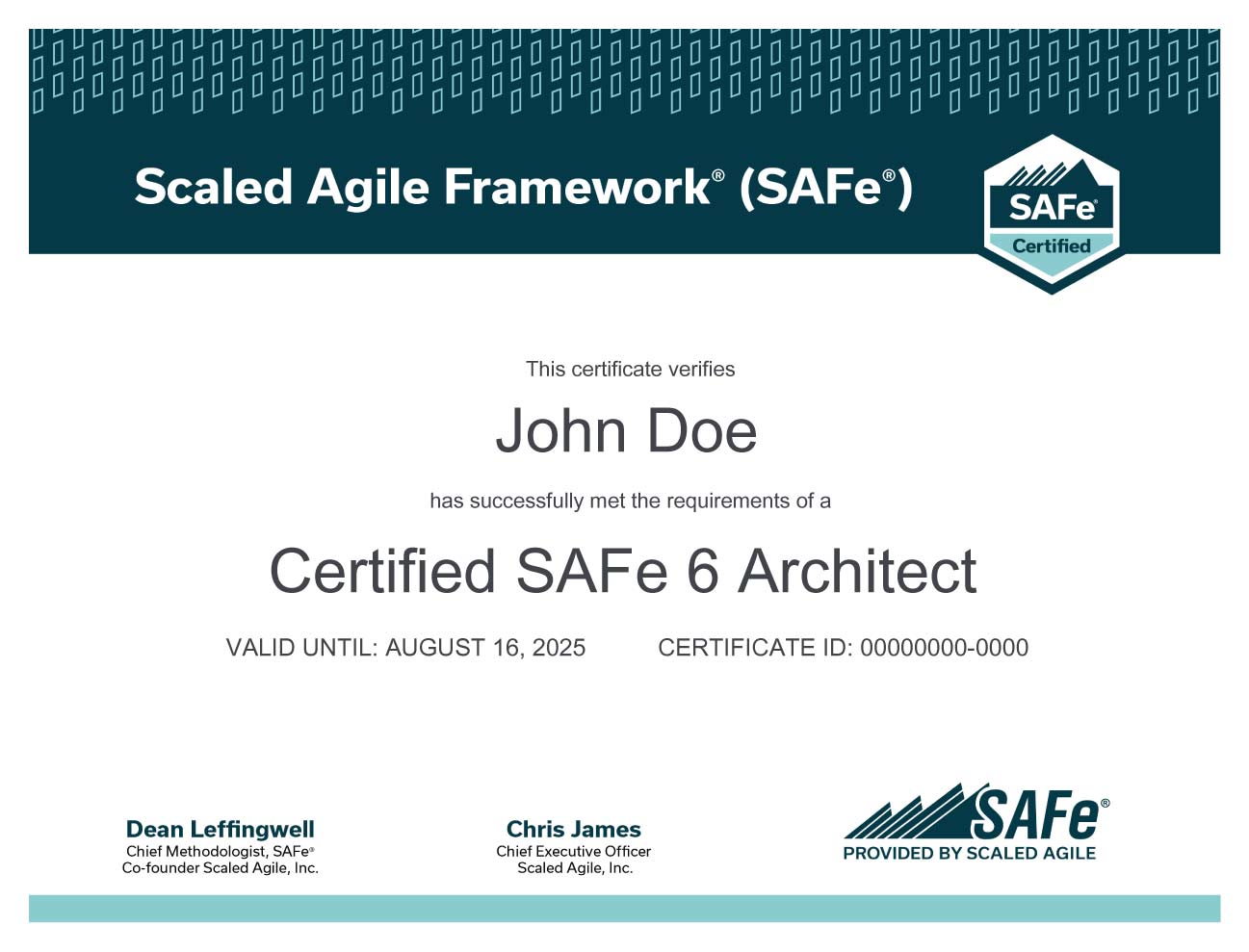
Curriculum
Course Curriculum
40+ Certification programs made an impact
Employee retention improved by 45%
Work satisfaction and capabilities improved by 30% on an average
100+
Clients













SAFe ARCH Certification Course For Corporates
With learning targeted to your unique team environment, we at SimpliAxis help to resolve your specific issues and meet your specific needs with tailored training methods. We offer corporate training globally to keep Organizations up to date by building the knowledge gap required and make them strive in the competitive world with the right skills according to the industry needs.

Our Customer words for us
SAFe Big Picture
- Achieving Business Agility with the Scaled Agile Framework (SAFe)
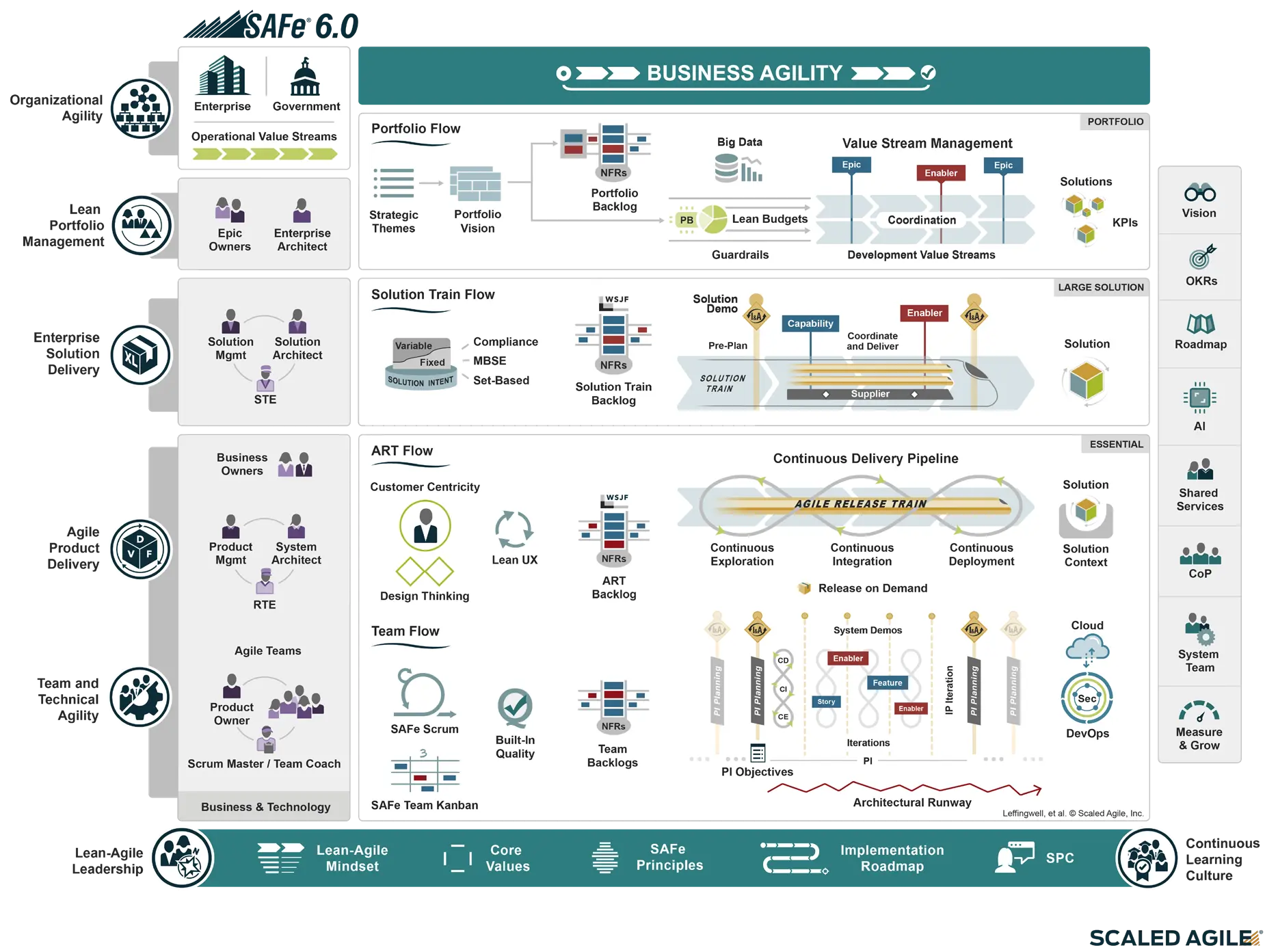
Meet the Team That's Invested in Your Success
Who is a SAFe® 6.0 architect?
What are the prerequisites to attend the SAFe® for Architects course?
What are the benefits of SAFe® for Architects Certification?
After the SAFe® for Architects training within how many days do I need to take the exam?
What is the format of the SAFe® for the Architects certification exam?
How do I attain the SAFe® for Architects certification?
How long does the SAFe® for Architects certification be valid?
How do I renew the SAFe® for Architects certification?
Will I receive any SAFe community membership along with the training?
What happens to my token or partial payment if I don’t enroll immediately?
Is there a preferred currency for payment, especially for international students?
Can payments be made online through your website, or do I need to visit a physical location?
Do you offer any discounts or promotions for early payment?
Can I pay for the course in installments, or is full payment required upfront?
Will I get a refund if I cancel my enrollment?
Where will I get my payment receipt?
Is there any transaction or processing fee?
What cards do you accept?
What payment options are available?
What if I miss a class? Are there any money back options?
If I want to know more about Training, whom should I connect with?
Is there any option to complete the Training in the native language if a participant chooses to?
Can I receive personalized Training at my convenience?
Where do I find the upcoming schedules of my course?
After enrollment, can I change the date of my training class?
Do I get any certificate upon completion of the course?
How do I enroll in the training course?
What are the different courses offered by Simpliaxis?
What are the different modes of Training available for Simpliaxis courses?
Do you offer online Training?
Do you offer corporate Training?
Who are the instructors of my course?
Is there any discount available for the Simpliaxis courses?
Whom do I contact if I have more queries regarding my course?
Are your courses affordable?
Why should I choose Simpliaxis?
What is the object of Simpliaxis?
How much discount will I get if I enroll for the Training?
SAFe ARCH Course FAQs
Getting a SAFe® for Architects certification from Scaled Agile can provide you with many benefits such as:
You can reach out to our experienced career counselor
or email us on support@simpliaxis.com
or contact any of our phone numbers
or you can chat with us anytime
or visit our contact us page https://www.simpliaxis.com/contact-us
Find out why 1,000+ professionals love SimpliAxis